Trump to limit protections for migrant children, taking aim at the Flores settlement

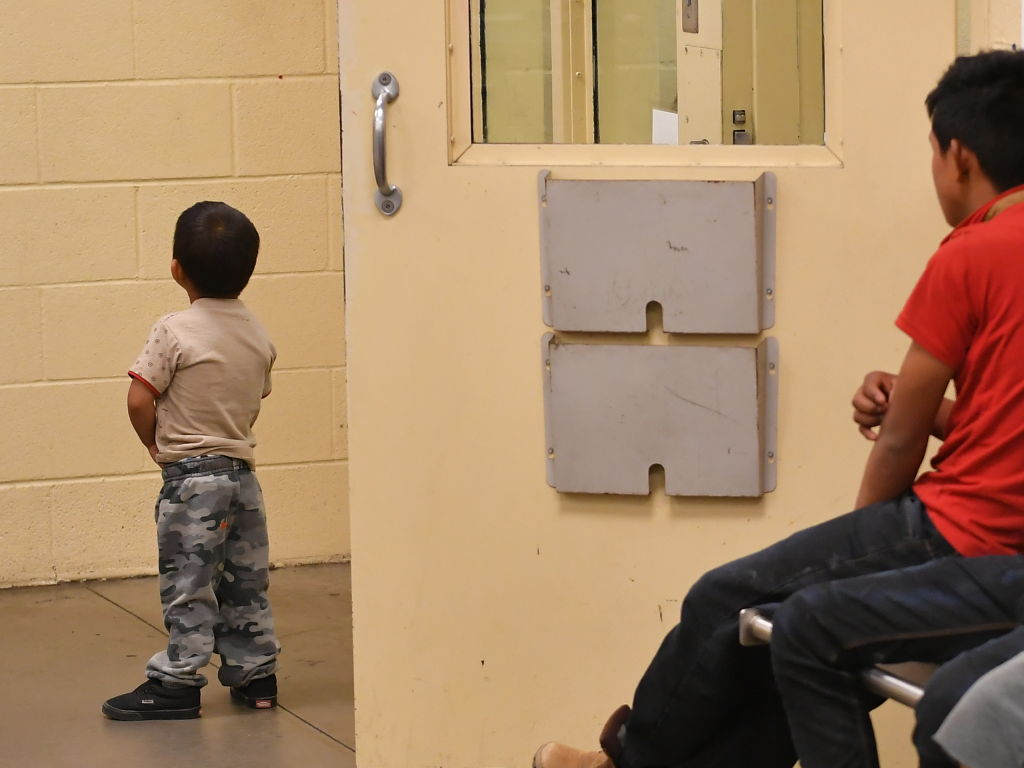
As soon as Wednesday, the Trump administration is expected to publish sweeping new rules for detaining minors who cross the U.S.-Mexico border, seeking to sidestep or terminate the Flores Settlement Agreement that has determined how the U.S. treats migrant children since 1997, ABC News and The New York Times report. The new rules, a version of which were proposed in September 2018 but never enacted, could allow the government to detain migrant children for longer than 20 days, revise the minimum standards of care children are afforded, and end some of all of the other protections set out in the Flores agreement. Once published, the rules will likely be challenged in court.
Administration officials told the Times that the new rules will maintain the underlying purpose of the Flores settlement and that all children will be "treated with dignity, respect, and special concern for their particular vulnerability as minors," as required under Flores. Migrant advocates disagree. "The proposed regulations do not implement the settlement," Peter Schey, who filed the original 1985 lawsuit with colleague Carlos Holguin, tells the Times. "They abrogate key terms of the settlement."
In the version of the rules proposed last year, the administration argued it can "terminate" Flores protections if it establishes its own replacement regulations. Trump and other Republicans say the Flores settlement encourages migrant parents to flee Central America with their children so they won't be locked up indefinitely. The Obama administration tried and failed to get out from under the Flores restrictions.
The Week
Escape your echo chamber. Get the facts behind the news, plus analysis from multiple perspectives.

Sign up for The Week's Free Newsletters
From our morning news briefing to a weekly Good News Newsletter, get the best of The Week delivered directly to your inbox.
From our morning news briefing to a weekly Good News Newsletter, get the best of The Week delivered directly to your inbox.
Schey and Holguin have returned to court again and again to enforce the settlement, and they've enlisted lawyers and law students to visit detention facilities, like the one in Clint, Texas. "It's like we are playing whack-a-mole," Holguin told the Times. "If someone had told me in 1985 that our work to protect children would continue into 2019," he added, "there is no way I would have believed it." Read more about this history of the Flores settlement at The New York Times.
A free daily email with the biggest news stories of the day – and the best features from TheWeek.com
Peter has worked as a news and culture writer and editor at The Week since the site's launch in 2008. He covers politics, world affairs, religion and cultural currents. His journalism career began as a copy editor at a financial newswire and has included editorial positions at The New York Times Magazine, Facts on File, and Oregon State University.
-
 Kushner drops Trump hotel project in Serbia
Kushner drops Trump hotel project in SerbiaSpeed Read Affinity Partners pulled out of a deal to finance a Trump-branded development in Belgrade
-
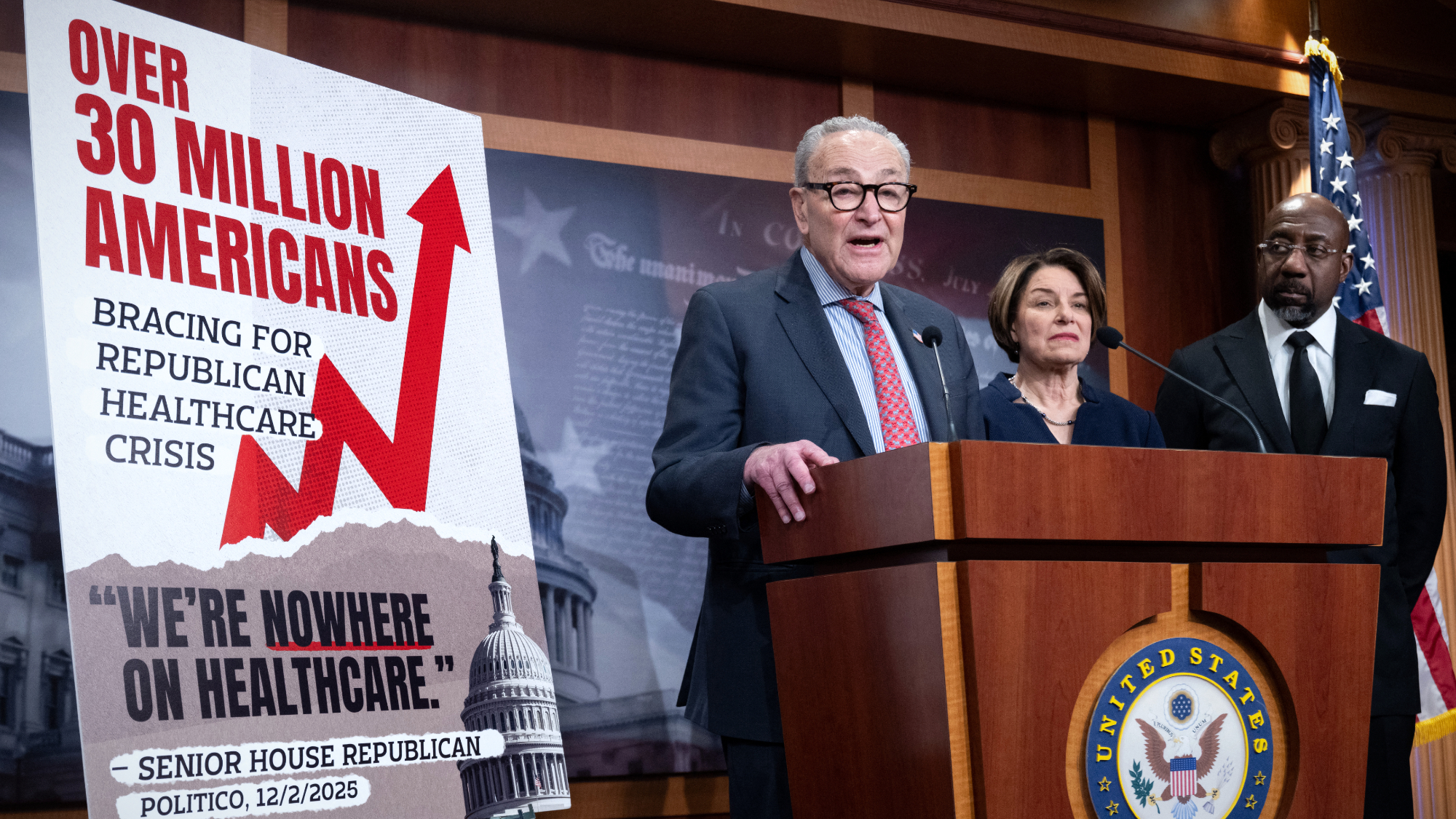 Senate votes down ACA subsidies, GOP alternative
Senate votes down ACA subsidies, GOP alternativeSpeed Read The Senate rejected the extension of Affordable Care Act tax credits, guaranteeing a steep rise in health care costs for millions of Americans
-
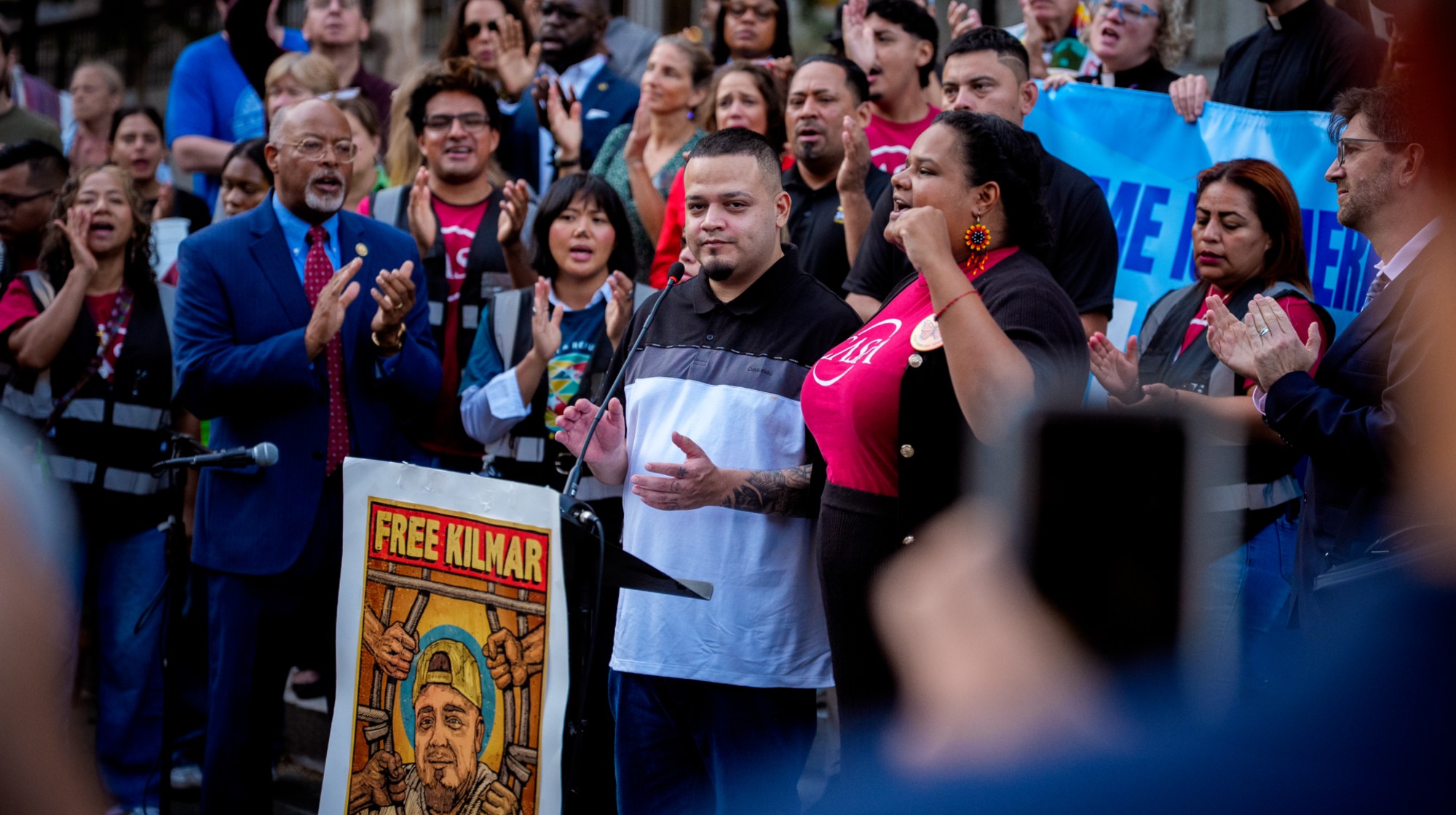 Abrego García freed from jail on judge’s order
Abrego García freed from jail on judge’s orderSpeed Read The wrongfully deported man has been released from an ICE detention center
-
 Indiana Senate rejects Trump’s gerrymander push
Indiana Senate rejects Trump’s gerrymander pushSpeed Read The proposed gerrymander would have likely flipped the state’s two Democratic-held US House seats
-
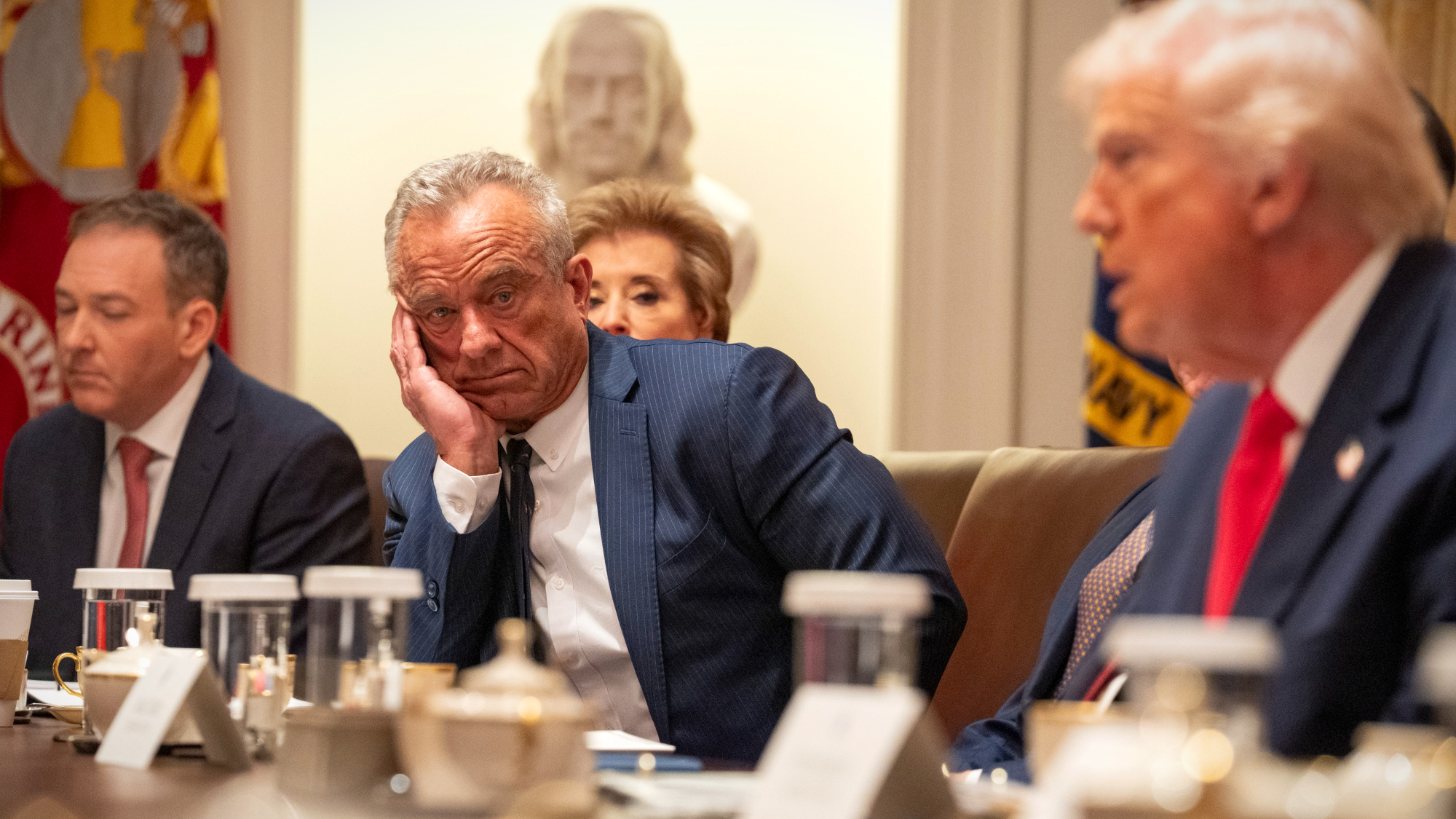 Democrat files to impeach RFK Jr.
Democrat files to impeach RFK Jr.Speed Read Rep. Haley Stevens filed articles of impeachment against Health and Human Services Secretary Robert F. Kennedy Jr.
-
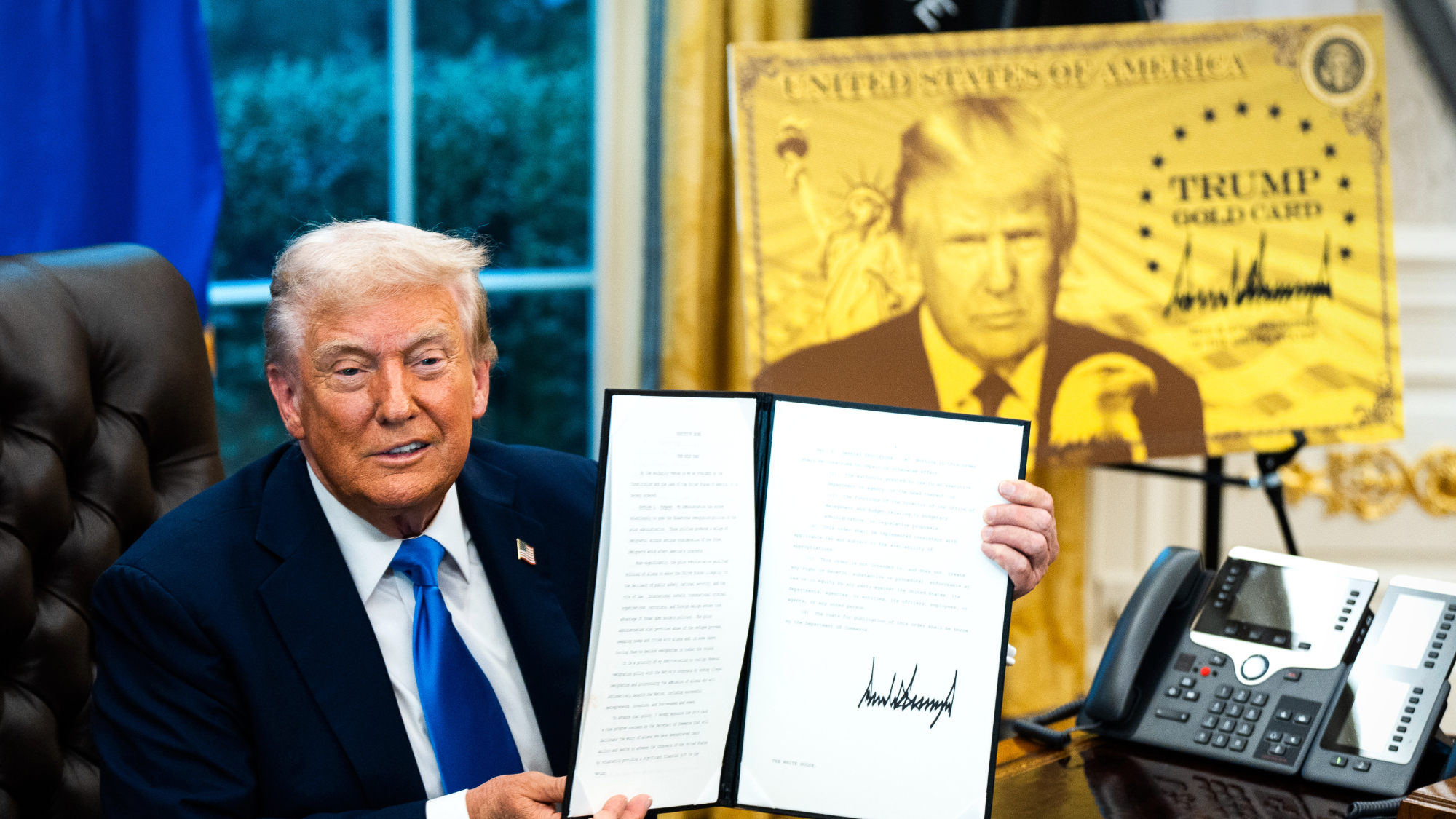 $1M ‘Trump Gold Card’ goes live amid travel rule furor
$1M ‘Trump Gold Card’ goes live amid travel rule furorSpeed Read The new gold card visa offers an expedited path to citizenship in exchange for $1 million
-
 US seizes oil tanker off Venezuela
US seizes oil tanker off VenezuelaSpeed Read The seizure was a significant escalation in the pressure campaign against Venezuelan President Nicolás Maduro
-
 Judge orders release of Ghislaine Maxwell records
Judge orders release of Ghislaine Maxwell recordsSpeed Read The grand jury records from the 2019 prosecution of convicted sex offender Jeffrey Epstein will be made public



